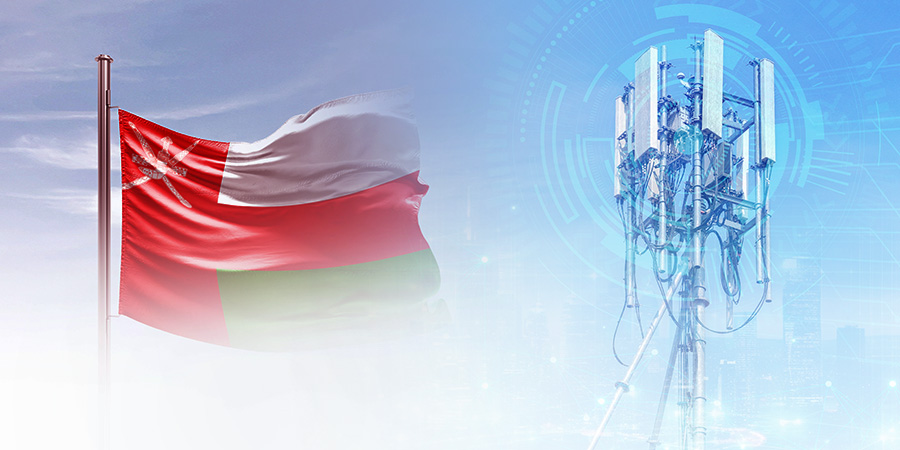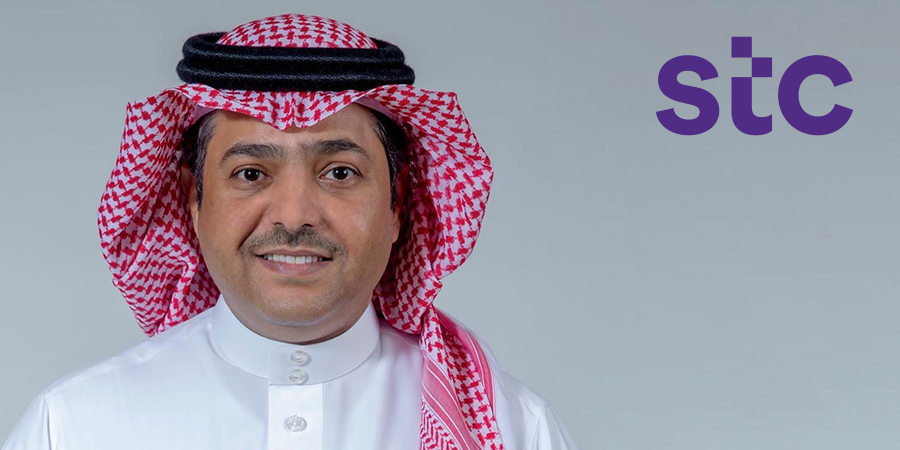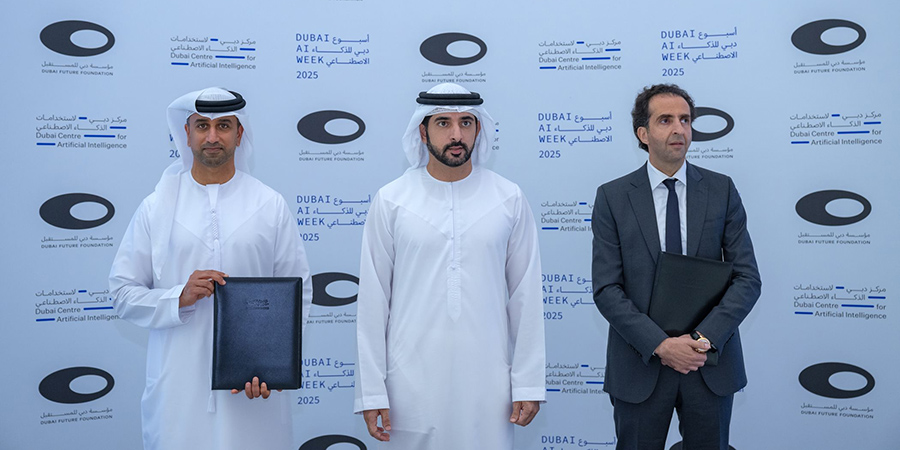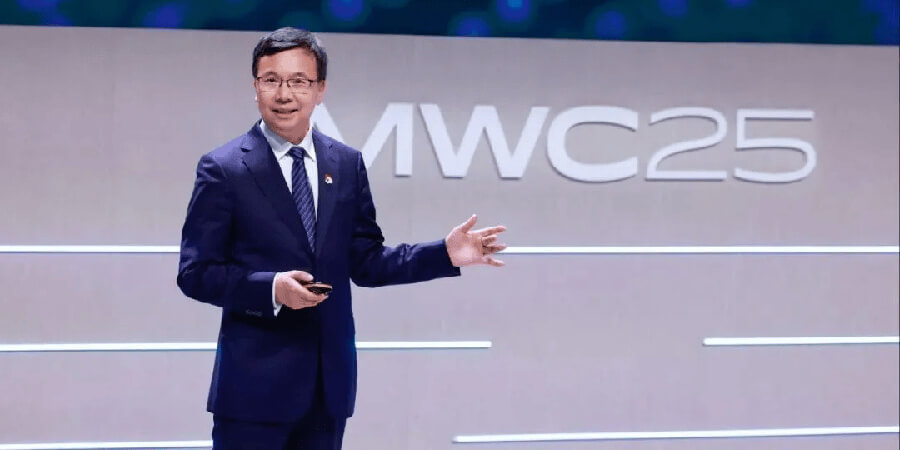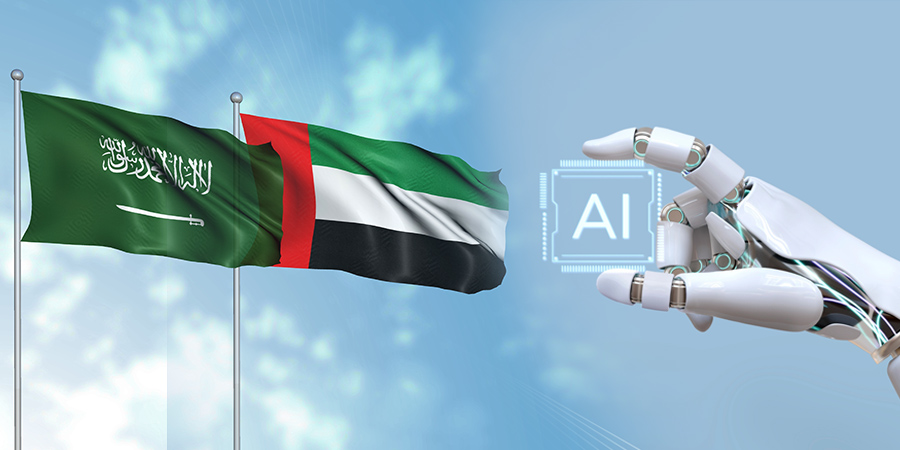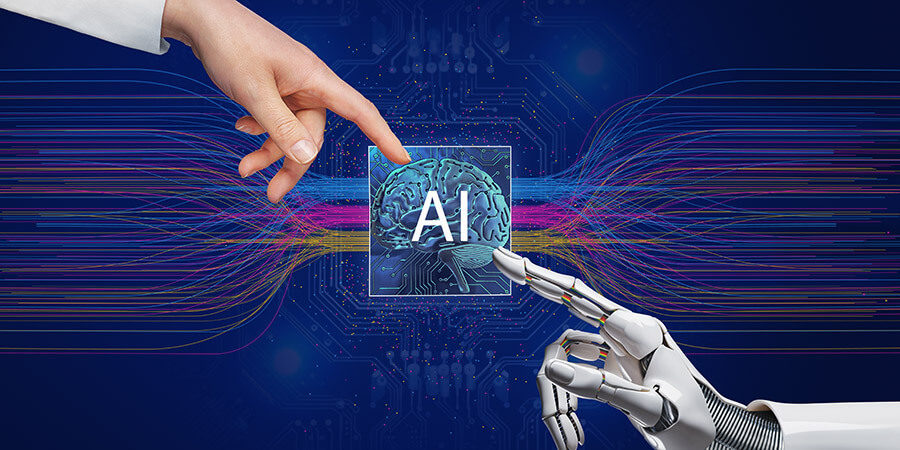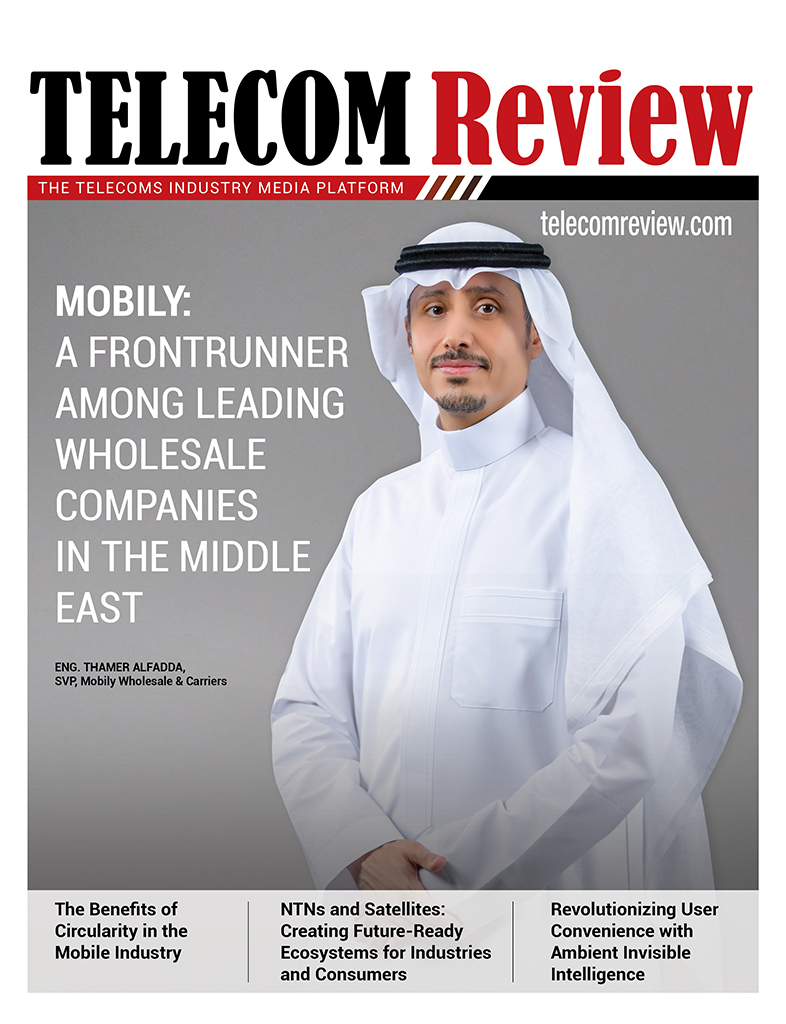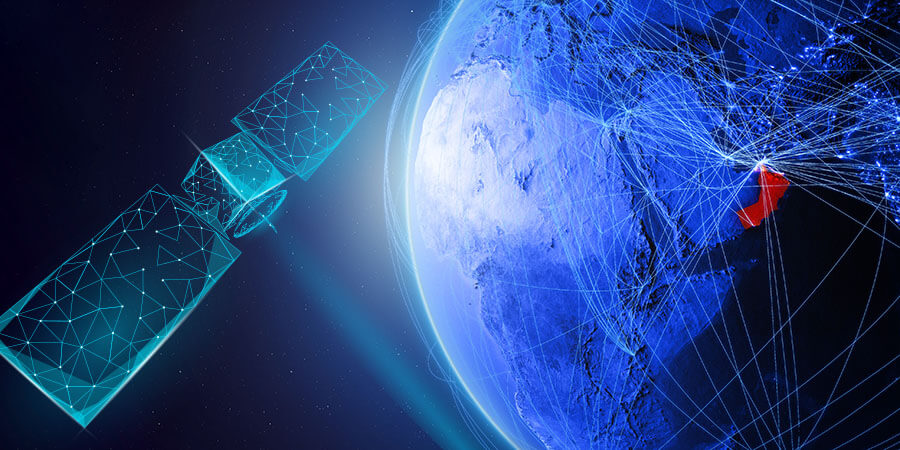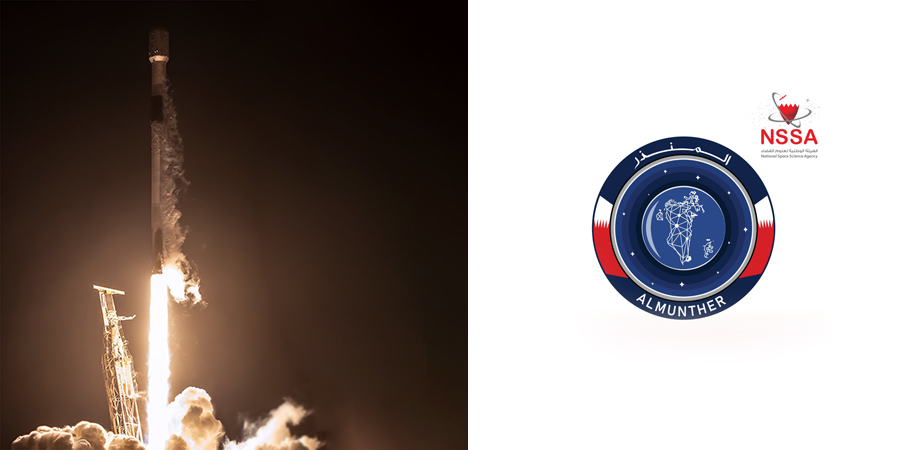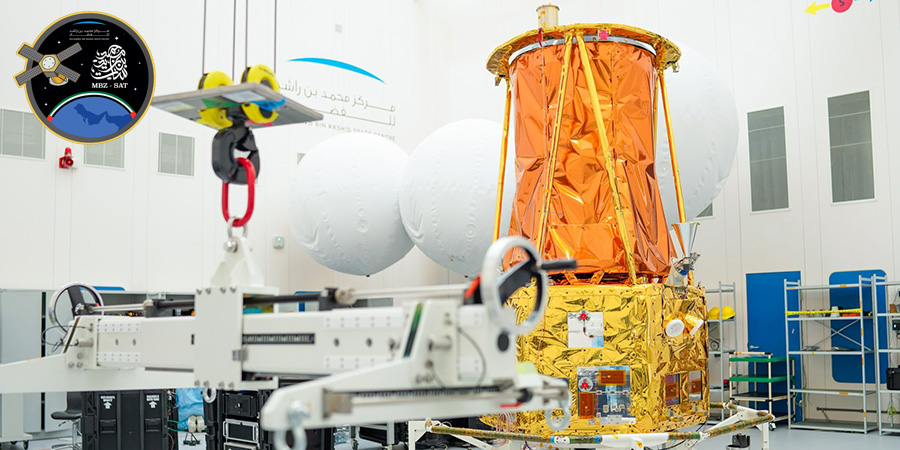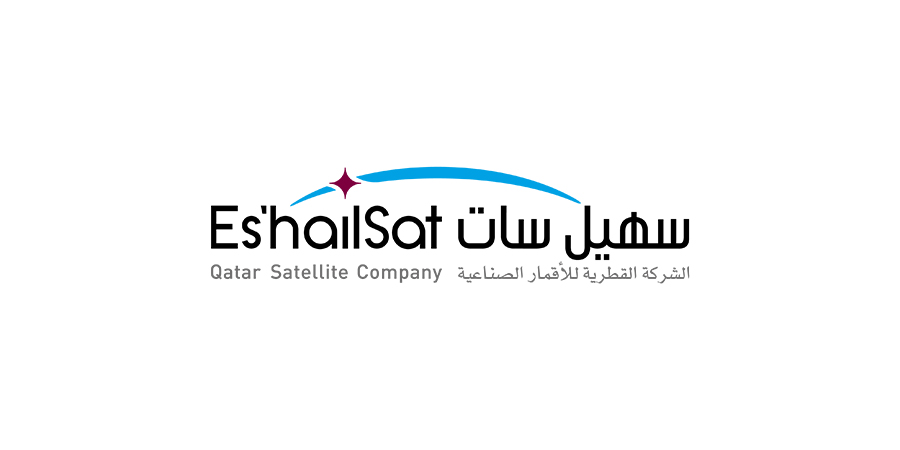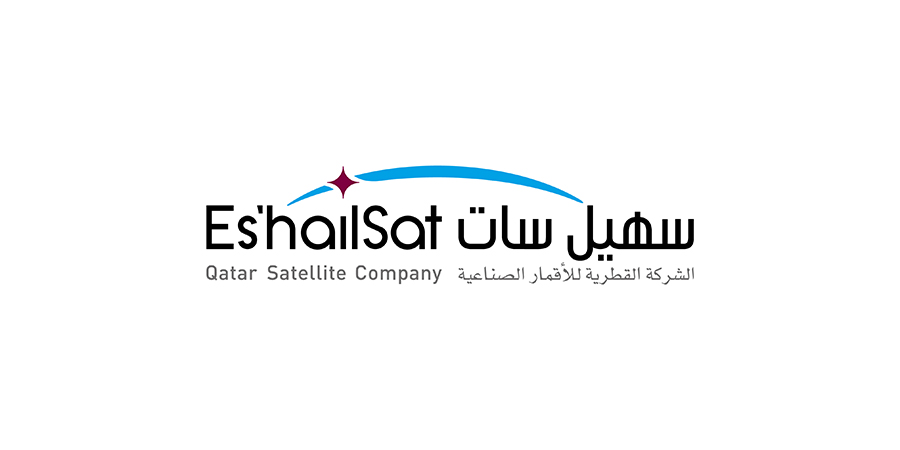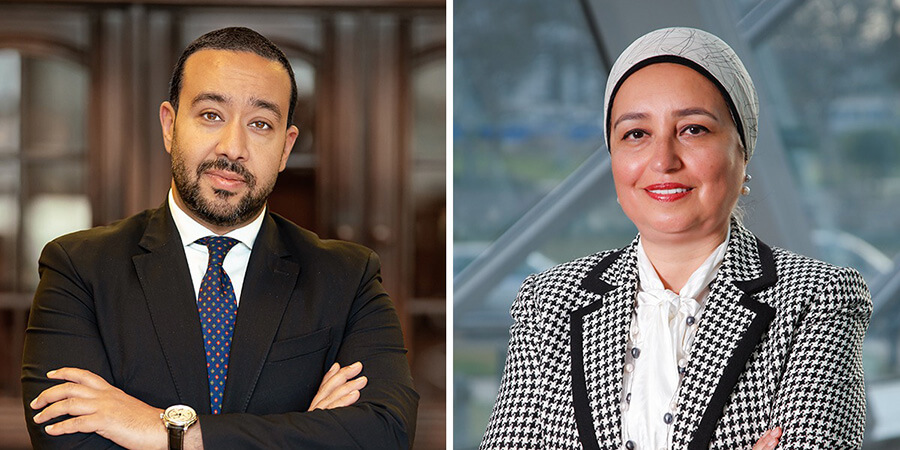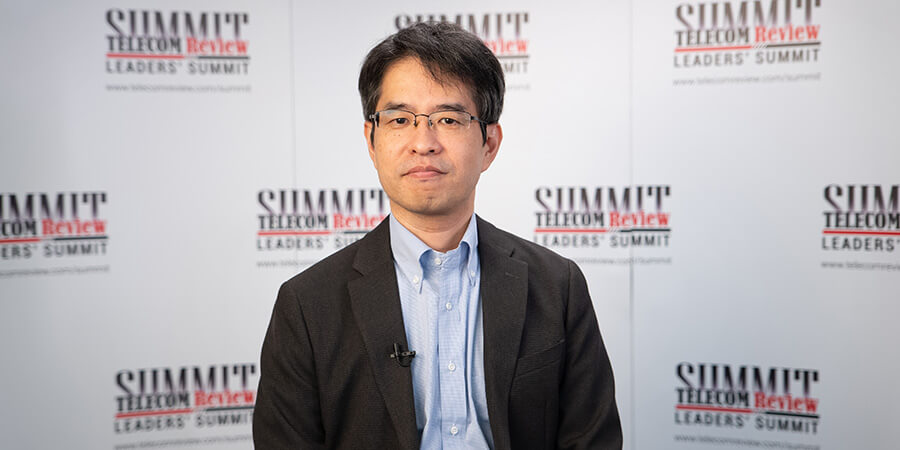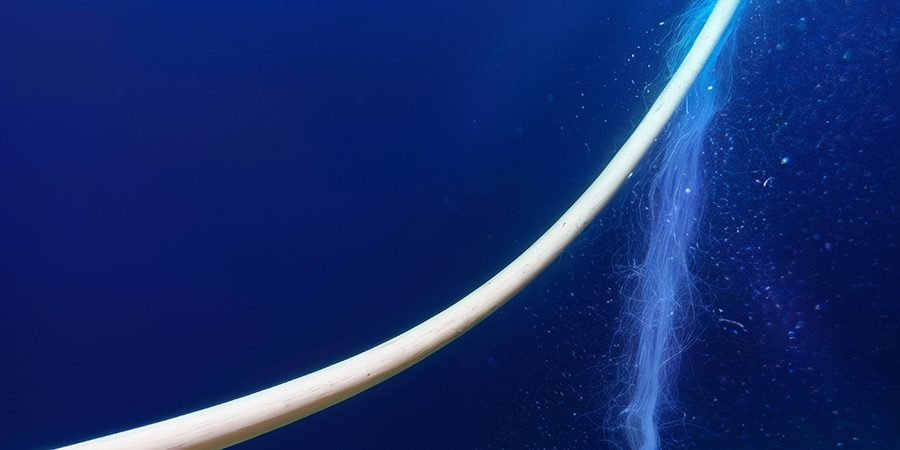
IN THE SPOTLIGHT
Latest News
In an exclusive interview with Telecom Review, Gilles Vaqué, President and Managing Partner at PMP Strategy, elaborated on how the firm is uniquely positioned to lead the financial services, transport, and energy sectors in addition to their core expertise in the TMT sectors (telecom, media and culture, and technology) in the Middle East and globally.
In an exclusive WinWin interview hosted by Telecom Review, du's pioneering role in the telecom industry's transformation was spotlighted. As a frontrunner in innovation, the company is harnessing the power of artificial intelligence (AI), 5G, and cutting-edge digital solutions to reshape the landscape.
In an exclusive WinWin interview hosted by Telecom Review, Sun Shiwei, Deputy General Manager of China Mobile Department of Market Operation, and George Gao, President of Huawei’s Cloud Core Network Product Line, shared their valuable insights into China Mobile’s pursuit for value-driven operations and its efforts to set a global benchmark by leveraging the power of 5G-Advanced (5G-A) and artificial intelligence (AI).







